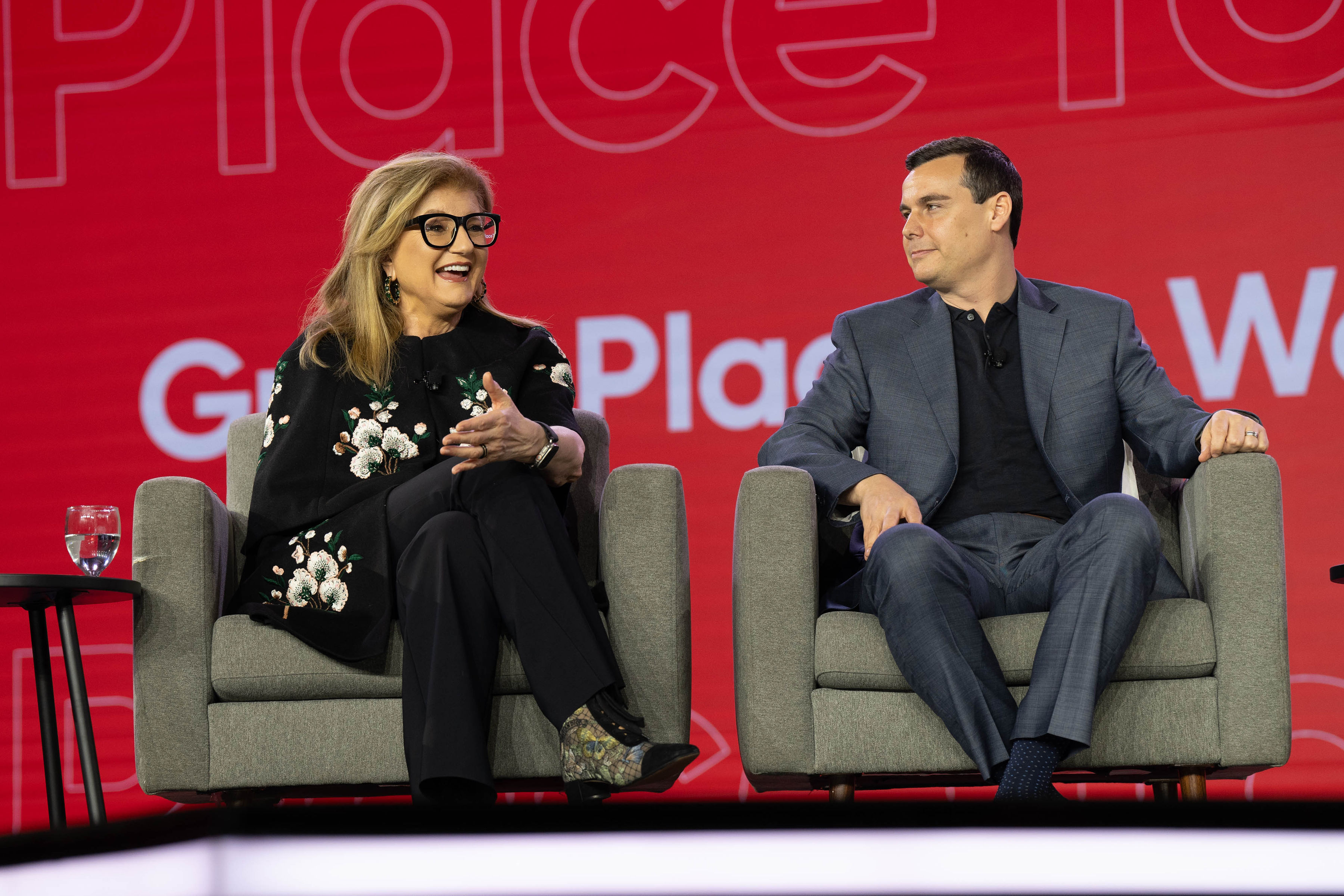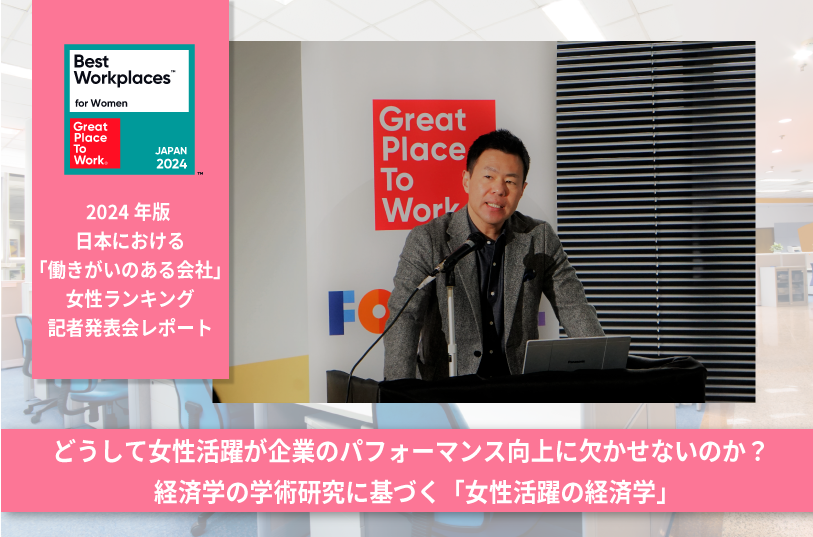Many people work to earn a living, but there may be other reasons people work, especially for those who are passionate about their jobs. The companies they work for likely have engaging and productive workplaces that challenge and motivate them to do their best.
To develop a work environment that is just as engaging, you should determine employee expectations. A great work environment can boost employee morale, encourage motivation, and enhance employees’ quality of life. Employers should also offer fair compensation and benefits, comprehensive reward and recognition systems, and known and a set of strategic frameworks in which employees experience clear expectations and goals. Also, employees should be given feedback, the occasional thank you, and the opportunity to assist co-workers in a team environment.
There are so many ways to increase the level of energy, commitment, and creativity that your employees bring to their jobs. We share our top 7 tips to get your started below.
Build Trust
Trust serves as the foundation for healthy relationships, including those at the workplace. It paves the way for effective communication, employee retention and employee motivation, and contributes to the discretionary energy and the extra effort that people voluntarily invest in their work.
You can do this by giving an employee added responsibility if you think they can handle it. Even if it might be a challenging task, they might rise to the occasion simply because they appreciate the trust you put in them and they want to show you they can handle the work.
Show Respect
Respect is essential in any relationship and is a requirement when dealing with management and employees. Ask anyone in your organization what treatment they most want at work and they likely will say it is the desire to be treated with dignity and respect. You can demonstrate respect with simple, yet powerful actions.
A good example of demonstrating respect is trusting employees to do the jobs they were hired to do without micromanaging. If something isn’t being done correctly, address it in a straightforward and professional manner that details what needs to be corrected.
Give Feedback
Feedback is an important communication tool in a healthy work environment. It helps the company by improving processes and shows employees that you care about their career. If phrased correctly, regular feedback can be a useful tool for helping employees and, hence, the company to grow.
Feedback can range from detailed and regularly scheduled performance reviews that let employees know where they stand to simply saying “good job” on occasion. It also involves constructive criticism. If employees are doing something wrong, they want to know, and they want to know how to correct the problem.
Show Your Appreciation
Feel free to tell your colleagues, co-workers, and staff how much you value them and their contributions any day of the year. In fact, small surprises and tokens of your appreciation spread throughout the year help the people in your work life feel valued throughout the year. Letting employees know they are valued is a great motivator that can drive productivity.
For example, during team meetings, highlighting the benefits of someone’s recent project is a nice way to recognize them publicly and remind them that their work is valued.
Recognize Good Work
Employee recognition is a powerful motivational tool that, if used correctly, can spur employee development and company growth. It is important to recognize all employees for their hard work, especially if they all meet the same criteria. Singling out just a few employees when others also deserve recognition can create low morale. In addition, you do not want to seek votes from employees or other personalized, subjective criteria to determine winners.
Retain Your Star Employees
Employee retention is critical to the long-term health and success of a business. Retaining your best employees should be a top priority for ensuring continued growth. This means making sure your employees feel valued for their contributions as part of a team that drives the company forward.
When top talent can walk out the door without a fight to keep them, the message that gets sent to the rest of the staff is that the company does not value quality work.
Create a Culture of Coaching
Create a culture of coaching where employees share their skills and knowledge to help one another to learn and grow. Set up a training system that includes someone who has more experience and knowledge to act as a coach or mentor to other employees.
This also encompasses several other tips for improving the workplace. By asking an employee to serve as a coach, you are showing trust in that employee and re-enforcing your appreciation for their work. Those being mentored see this as a means of recognition to which they can aspire.








